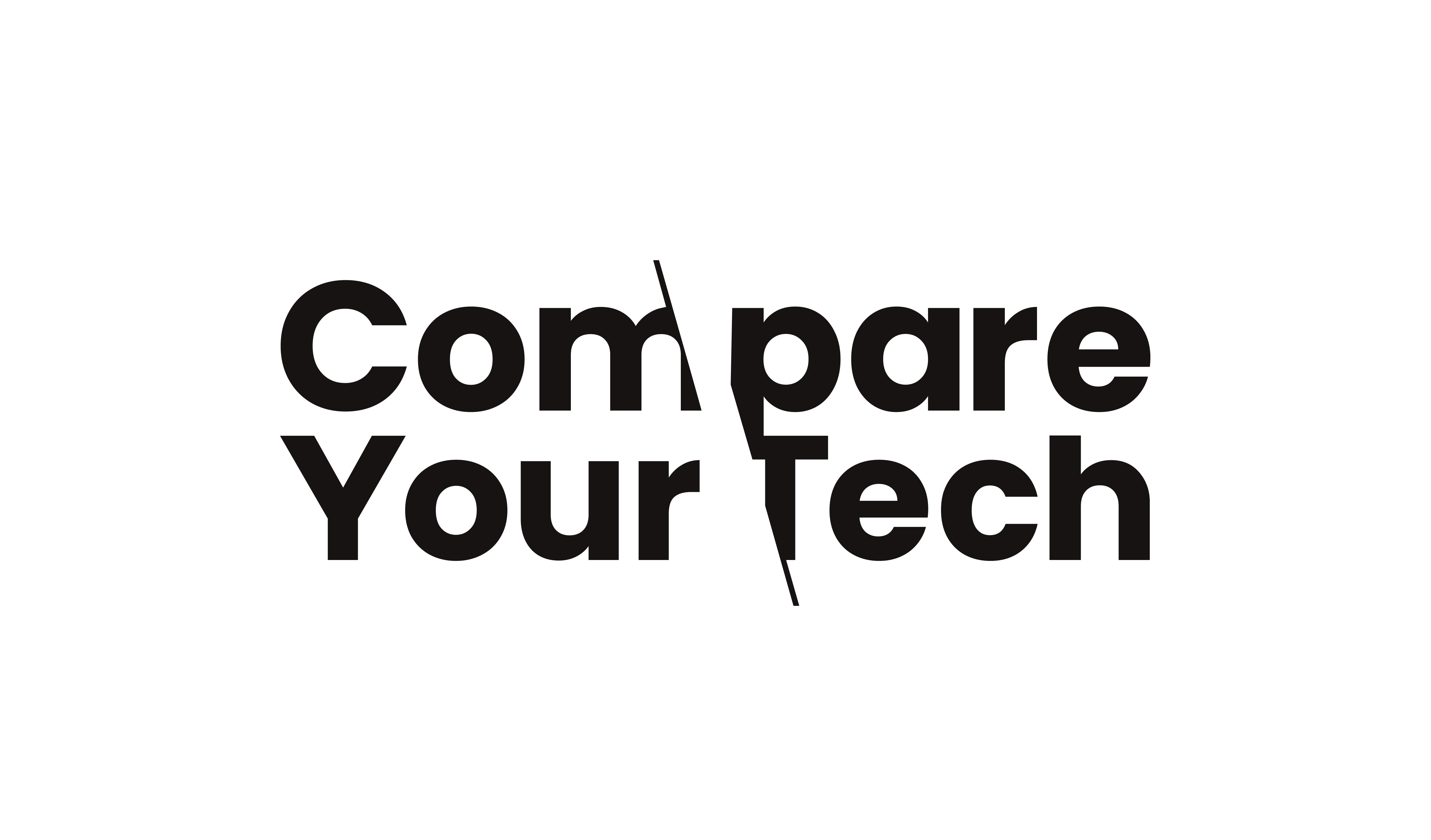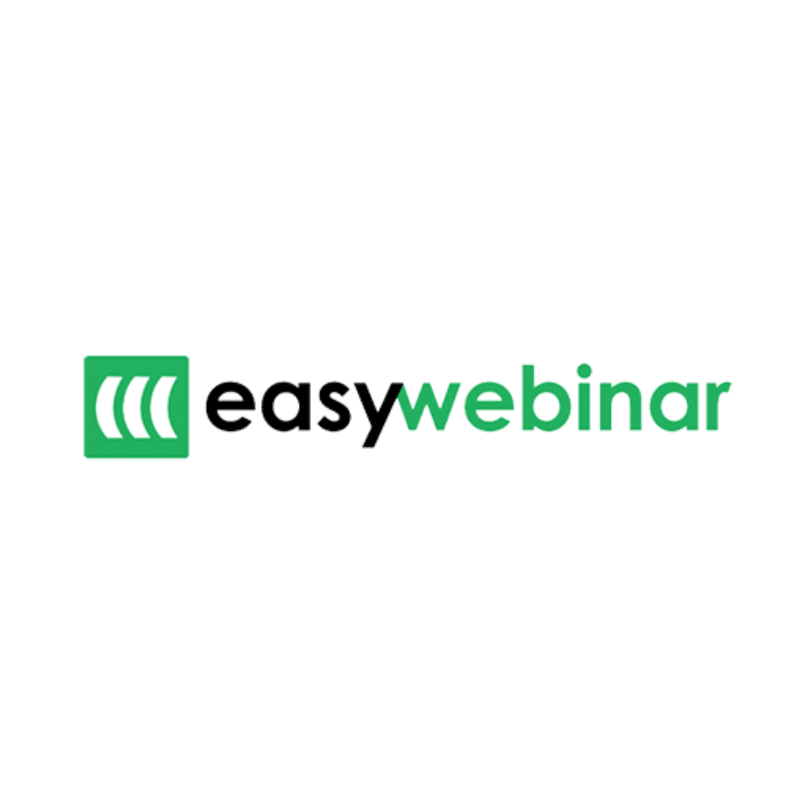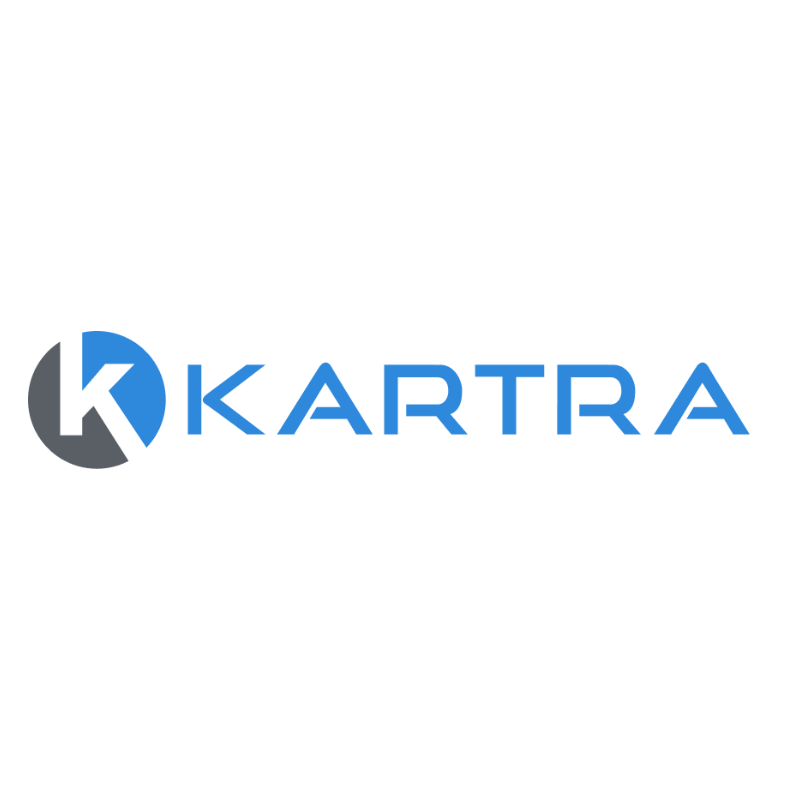Frequently Asked Questions about Angular Material
Who are Angular Material?
Angular Material is a UI component library for Angular applications, developed by the Angular team at Google. It provides a set of reusable, well-tested, and accessible UI components based on the Material Design guidelines.
What are Angular Materials products?
Angular Material offers a wide range of UI components such as buttons, cards, forms, navigation, data tables, and more, designed to help developers create modern web applications with a consistent look and feel.
What services do Angular Material offer?
Angular Material primarily offers a comprehensive library of UI components. It also provides documentation, guidelines for implementation, and support through community forums to assist developers in integrating its components into their applications.
What type of companies do Angular Materials products suit?
Angular Materials products are suitable for a wide range of companies, particularly those that develop Angular applications. This includes startups, small businesses, large enterprises, and organisations focused on building scalable web solutions.
How much does Angular Materials product cost?
Angular Material is an open-source library and is available for free. There are no associated costs for downloading or using the components in your projects.
Does Angular Material offer a free trial?
As an open-source library, Angular Material does not require a subscription or trial period. Users can access and use all components without any charges.
What discounts does Angular Material offer on their products?
Since Angular Material is free and open-source, there are no discounts applicable. All features and components are available at no cost.
Are there any hidden fees or additional costs with Angular Material?
No, there are no hidden fees or additional costs associated with using Angular Material. It is fully open-source and free to use for any project.
Who uses Angular Materials products?
Angular Material is used by developers and companies creating Angular applications. It is popular among web developers looking for a consistent and modern UI framework.
What are the main features of Angular Materials products/services?
Key features of Angular Material include a wide variety of UI components, responsive layouts, accessibility support, theming capabilities, and a focus on performance and usability.
How does Angular Material compare to its competitors?
Angular Material is specifically designed for Angular applications and adheres to Material Design principles, differentiating it from competitors like Bootstrap or Foundation, which are more general-purpose frameworks. Its integration with Angular provides seamless functionality for Angular developers.
Is Angular Materials platform easy to use?
Yes, Angular Material is designed for ease of use, particularly for developers familiar with Angular. The components are straightforward to integrate and come with comprehensive documentation.
How easy is it to set up Angular Materials product or service?
Setting up Angular Material is relatively easy. Developers can install it via npm and follow the documentation for initial configuration and component usage, making it accessible for those with basic Angular knowledge.
Is Angular Material reliable?
Angular Material is maintained by the Angular team at Google, ensuring a high level of reliability and stability. It is regularly updated and supported by a strong community.
Does Angular Material offer customer support?
Angular Material does not offer traditional customer support. However, users can access community support through forums and GitHub issues, where they can seek help from other developers and contributors.
How secure is Angular MaterialÕs platform?
Angular Material itself does not handle data security directly, as it is a front-end library. However, it follows best practices in code quality and accessibility, allowing developers to build secure applications when combined with proper back-end practices.
Does Angular Material integrate with other tools or platforms?
Yes, Angular Material can be integrated with various tools and platforms that work with Angular, including state management libraries, routing libraries, and third-party APIs, enhancing its functionality in applications.
Can I use Angular Material on mobile devices?
Angular Material is designed to be responsive, making it suitable for mobile devices. Components automatically adjust to fit different screen sizes, providing a good user experience across devices.
What do users say about Angular Material?
Users generally appreciate Angular Material for its ease of use, comprehensive documentation, and adherence to Material Design. However, some may find limitations in customisation compared to other libraries.
What are the pros and cons of Angular Material?
Pros: Free and open-source, well-documented, strong community support, adheres to Material Design guidelines, and offers a wide range of components.
Cons: Limited to Angular framework, may have a learning curve for beginners, and some components may not be as customisable as desired.
How can I purchase Angular MaterialÕs services?
Angular Material does not require purchase as it is free to use. Developers can access and download it directly from the official website.
What is the cancellation or refund policy for Angular Material?
There is no cancellation or refund policy since Angular Material is free and open-source. Users can simply stop using it without any formal procedures.
Who uses Angular Material?
Angular Material is used predominantly by web developers and teams engaged in building applications with the Angular framework.
What are the common use cases for Angular Material?
Common use cases include developing single-page applications, enterprise applications, dashboards, and any projects requiring a cohesive and modern UI built with Angular.
Why choose Angular Material over other options?
Choosing Angular Material is ideal for Angular developers who want to maintain consistency with Material Design principles and leverage a library specifically designed for Angular applications.
How easy is it to set up Angular Material?
Setting up Angular Material is straightforward, with step-by-step instructions available in the documentation, making it manageable for developers with basic Angular experience.
Does Angular Material offer training or tutorials?
While Angular Material does not offer formal training, it provides extensive documentation and tutorials on its website to help users understand how to implement and use the components effectively.
What languages does Angular Material support?
Angular Material supports applications in any language that can be used with Angular, as it is primarily a framework-agnostic component library.
What problems does Angular Material solve?
Angular Material addresses the challenge of creating consistent, responsive, and accessible user interfaces in Angular applications, simplifying the development process for developers.
Is Angular Material worth the investment?
As Angular Material is free, it represents a worthwhile investment of time and effort for developers looking to build modern, well-designed applications using Angular.






Leave a Reply
You must be logged in to post a comment.